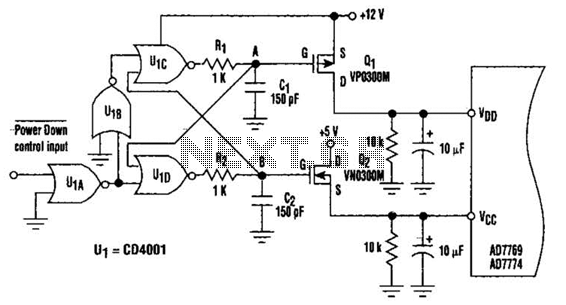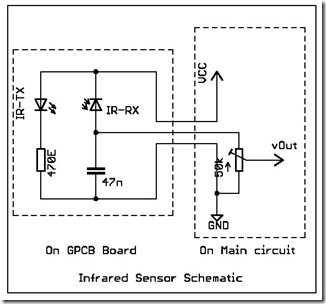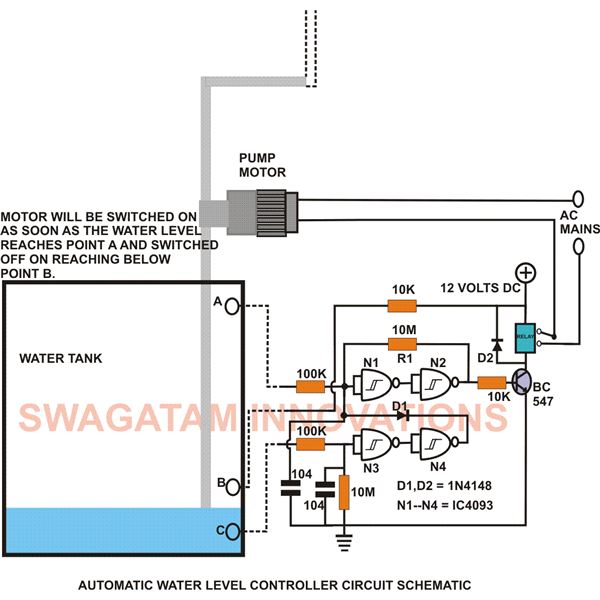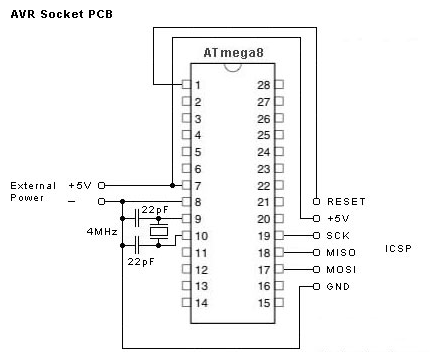
Simple Electrification Unit
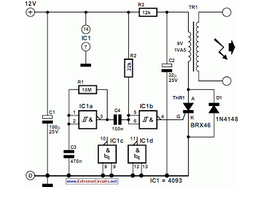
The circuit is designed for conducting safe experiments with high-voltage pulses and operates similarly to an electrified fence generator.
This circuit is engineered to generate high-voltage pulses suitable for educational purposes and experimentation. The design is inspired by electrified fence generators, which are used for animal containment and security applications. The primary components of the circuit typically include a transformer, a capacitor, a discharge mechanism, and a control circuit.
The transformer steps up the input voltage to a much higher level, which is essential for generating the high-voltage pulses. The capacitor stores electrical energy, allowing it to release a quick burst of high voltage when discharged. The discharge mechanism, often a spark gap or a solid-state switch, is crucial for controlling the timing and duration of the pulse.
To ensure safety during experiments, the circuit should incorporate protective features such as fuses or circuit breakers to prevent overloads. Additionally, it is advisable to include an isolation transformer to separate the high-voltage side from the low-voltage control components, minimizing the risk of accidental shock.
Proper housing and insulation are also required to prevent accidental contact with high-voltage parts. Experimenters should be trained in safety protocols when working with high-voltage circuits to mitigate risks associated with electrical hazards. Overall, this circuit serves as a valuable tool for understanding high-voltage phenomena in a controlled and safe environment.The circuit is intended for carrying out harmless experiments with high-voltage pulses and functions in a similar way as an electrified fence generator. T.. 🔗 External reference
This circuit is engineered to generate high-voltage pulses suitable for educational purposes and experimentation. The design is inspired by electrified fence generators, which are used for animal containment and security applications. The primary components of the circuit typically include a transformer, a capacitor, a discharge mechanism, and a control circuit.
The transformer steps up the input voltage to a much higher level, which is essential for generating the high-voltage pulses. The capacitor stores electrical energy, allowing it to release a quick burst of high voltage when discharged. The discharge mechanism, often a spark gap or a solid-state switch, is crucial for controlling the timing and duration of the pulse.
To ensure safety during experiments, the circuit should incorporate protective features such as fuses or circuit breakers to prevent overloads. Additionally, it is advisable to include an isolation transformer to separate the high-voltage side from the low-voltage control components, minimizing the risk of accidental shock.
Proper housing and insulation are also required to prevent accidental contact with high-voltage parts. Experimenters should be trained in safety protocols when working with high-voltage circuits to mitigate risks associated with electrical hazards. Overall, this circuit serves as a valuable tool for understanding high-voltage phenomena in a controlled and safe environment.The circuit is intended for carrying out harmless experiments with high-voltage pulses and functions in a similar way as an electrified fence generator. T.. 🔗 External reference
